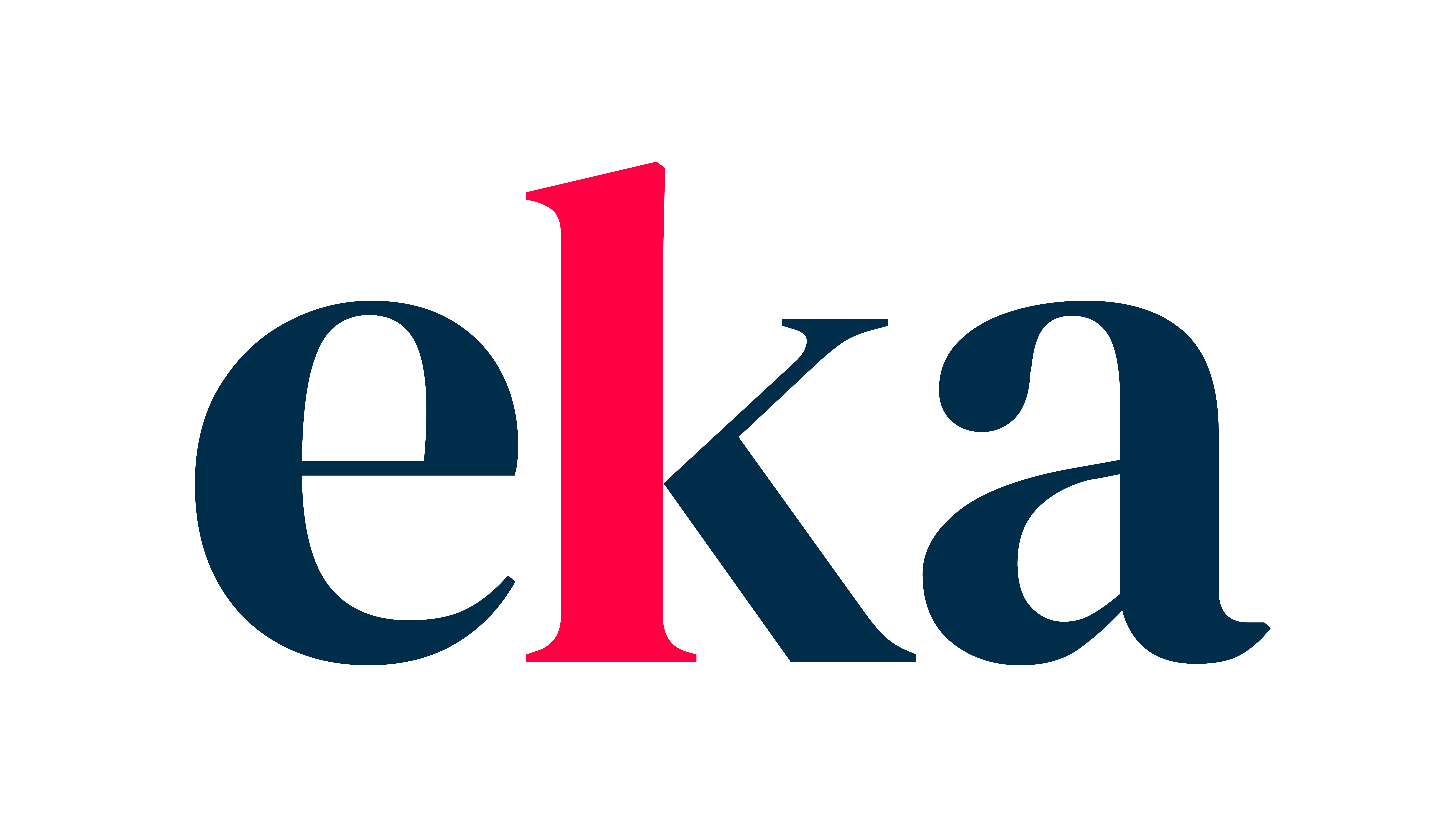Approach: Model the passage of ore from resource draw-points to mill feed via haulage, run-of-mine stockpiles and feeders constrained by sensor information.
Although downstream Run of Mine (RoM) cross-belt sensor information provides real-time tonnage and compositional information, it is not currently linked to upstream resource knowledge and models. Establishing this link would significantly improve decision-making and profitability.
This project is modelling the passage of ore from the uncertain, in situ resource to the mill feed, via drawpoints, muck piles, loaders, ore passes, conveyors, RoM stockpiles and feeders, possibly constrained by ore tagging technology (e.g., RFID tagging), other sensor inputs (e.g., ore fingerprinting using techniques such as hyper-spectral and gamma-spectral data analytics), and other data from underground mine operations providing frequent updates of the resource knowledge and models.
This project focuses on data analytics to derive a data-driven, real-time on-line ore tracking model using existing and new sensor suites and plant operating data feeds from operating sites including belt sensors and mill feed to cover the ore flow passage from resource draw-points to mill feed. Other aspects being considered are the re-distribution of particle sizes during the stockpiling processes, and the change in in situ sampled properties in stockpile e.g. moisture.
The sensor outputs from this project are being used with other data from underground mine operations to constrain ore flow models from the in-situ resource to the mill feed linking belt and drill sensor information to resource knowledge.




